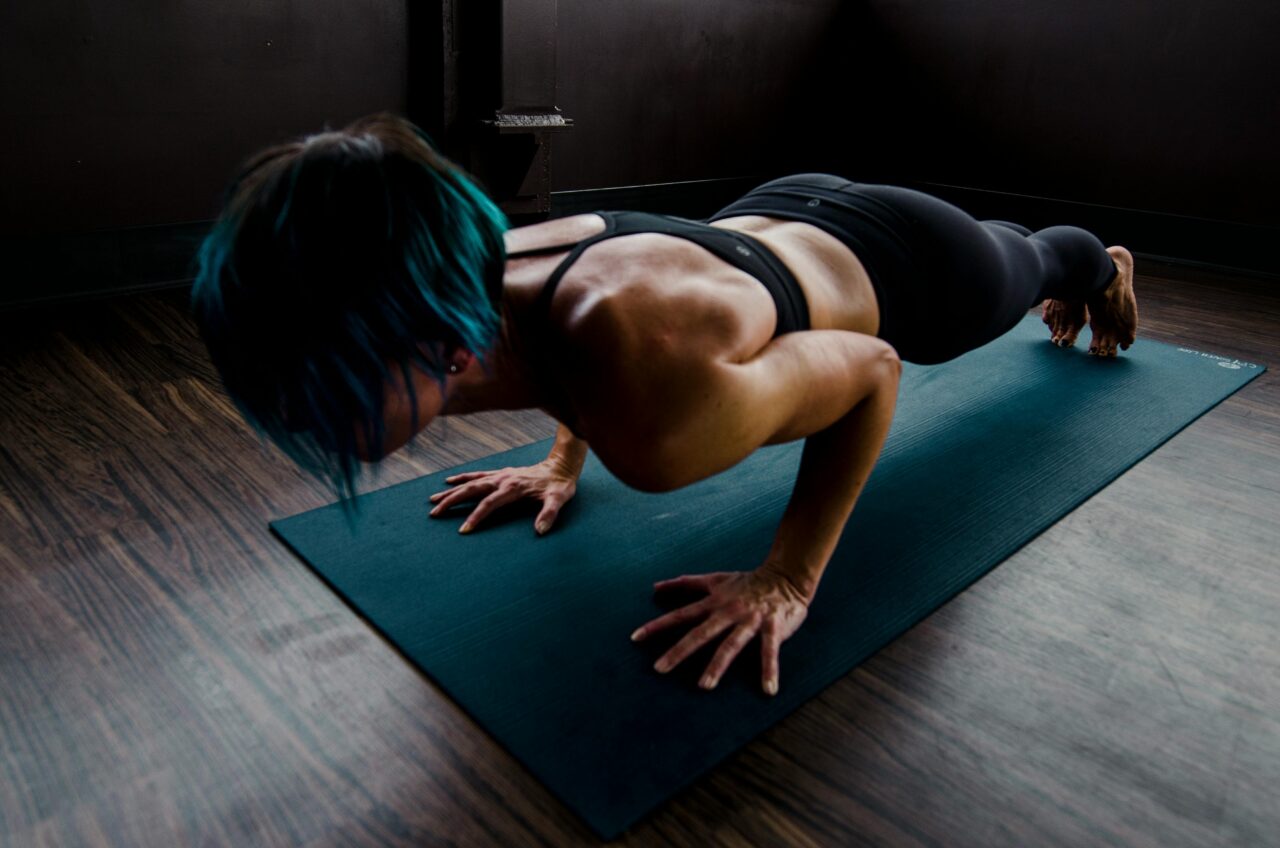Chaturanga Dandasana (Four-Limbed Staff Pose) is a foundational yoga posture found frequently during many yoga classes. However, many practitioners experience shoulder pain when performing this pose. If you find yourself wincing every time you lower down, you’re not alone. Here’s why Chaturanga might be causing discomfort, how to modify it to reduce pain, and exercises to strengthen your shoulders for long-term relief.
Why It Hurts:
Lack of Shoulder Stability: If your shoulder muscles—especially the rotator cuff and scapular stabilizers—are weak or unengaged, your shoulder joints may collapse under your body weight, leading to strain and discomfort.
Elbow Positioning: Allowing the elbows to flare out instead of staying tucked close to the ribs can create excessive strain on the shoulders.
Going Too Low: Dropping below a 90-degree bend at the elbows can overstretch the front of the shoulder and strain the rotator cuff.
Overuse and Fatigue: Repeated Chaturangas in a fast-paced vinyasa flow without proper alignment can lead to repetitive stress through the shoulder.
How to Modify Chaturanga to Reduce Shoulder Pain
Practice with Knees Down (Half Chaturanga): Lowering the knees to the mat reduces the load on your shoulders, allowing you to build strength gradually.
Hug the Elbows In: Keep your elbows tucked close to your ribs rather than splaying outward, which helps engage muscles that stabilize the shoulders.
Engage the Core and Legs: Activating your core and leg muscles takes some of the weight off your shoulders, preventing excessive strain.
Slow Down: Moving with control instead of rushing through the pose allows you to focus on alignment and avoid collapsing into your shoulders.
Exercises to Strengthen Your Shoulders and Prevent Pain
Because Chaturanga is an advanced pose, you may need to build the muscles around your shoulder to better help you tolerate it. Here are some preparatory exercises along with descriptions of what they are strengthening.
Scapular Push-Ups: Strengthens the serratus anterior muscle which helps create stability of your shoulder blade as you lower into chaturanga.
Video:
Shoulder I’s with Band: Strengthens the scapular stabilizers to enhance shoulder stability.
Video:
Shoulder W’s with Band: Strengthen the rotator cuff muscles to enhance shoulder stability.
Video:
Elevated Chaturanga Pushups: A way to gradually build up your tolerance to chaturanga by starting at a higher incline and gradually lowering the surface as your strength progresses.
Video:
By understanding why Chaturanga causes pain, modifying the pose to suit your needs, and strengthening key muscles, you can practice without discomfort and build a strong foundation for your yoga journey. With time and consistency, you’ll be able to move through Chaturanga with confidence and ease.
Click Here to schedule your next appointment with the experts at MEND

